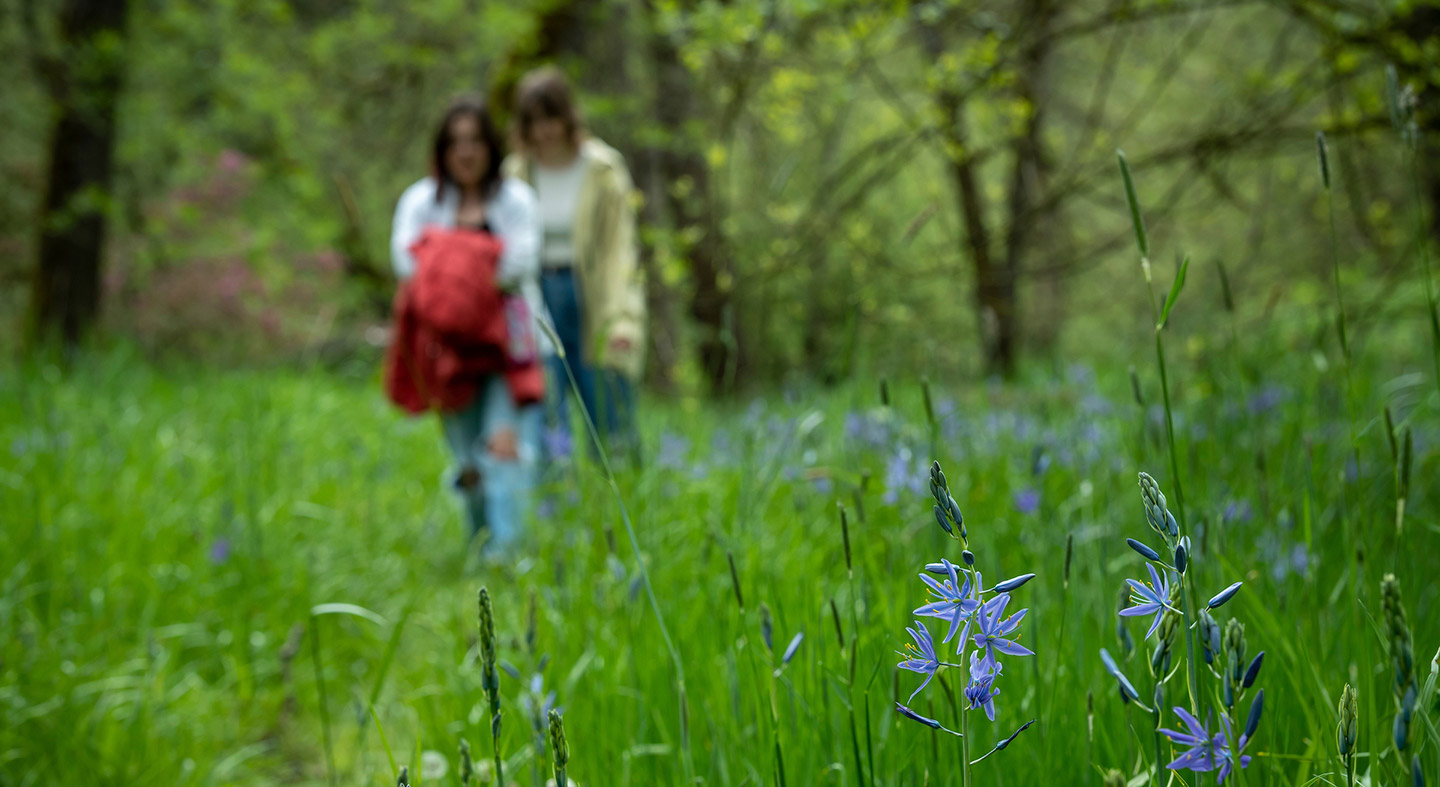Celebrating Camas
For generations, purple camas lilies have been cultivated, traded and consumed by the Indigenous peoples of the Pacific Northwest including the Kalapuya, who were removed to the Grand Ronde Indian Reservation in 1855. Though much sparser now than in the days it turned the Willamette Valley purple each spring, it remains a central piece of Kalapuyan lifeways.







